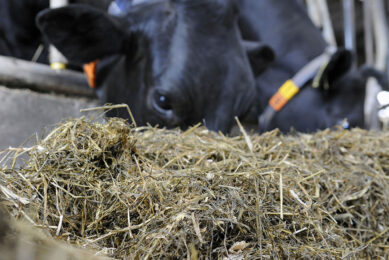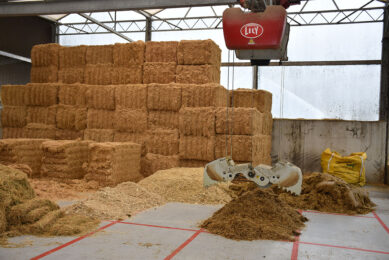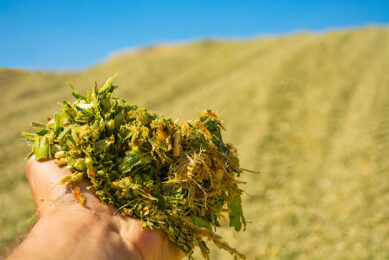Good quality silage can turn bad quickly at feedout
Well preserved silage with low clostridia count can become heavily contaminated at feedout without the farmer noticing, Italian research has shown.
Clostridia, or butyric bacteria, contamination in silage always has financial consequences for the farmer, being the loss of dry matter or direct financial penalties on milk prices which are applied in certain cheese-making regions.
A recently published study (Borreani et al., Journal of Applied Microbiol., 2009) shows that, even when the analysis of fresh silage shows low clostridia count, the silage can become heavily contaminated at feedout, due to aerobic instability, a phenomenon that can easily go unnoticed as long as analysis are performed on fresh silage.
Professor Giorgio Borreani, an expert in silage for many years, has looked into aerobic spoilage and clostridia spore formation in more detail and demonstrated that even a very clean and easily ensiled silage such as corn or sorghum (high cut and rapid acidification typically prevent contamination), could develop clostridia contamination.
In this study, corn silage analysis showed only a few hundred clostridia spores per gram of fresh silage. But after air exposure, this count skyrockets, with up to 5 million spores/g after a hundred hours in lab conditions.
Inoculants tested
In an attempt to prevent aerobic spoilage and clostridia development, the scientists have tested two different microbial additives: an homofermentative lactic bacteria (L. plantarum), and the anti-fungic bacteria L.buchneri NCIMB 40788 (Lalsil, Lallemand).
While L. plantarum had no effect on aerobic spoilage (the evolution of yeast, mould and clostridia development after silo opening is similar to untreated silage ), the silos that were treated with L. buchneri NCIMB 40788 were stable up to 300 hours after air exposure: clostridia spores did not develop.











